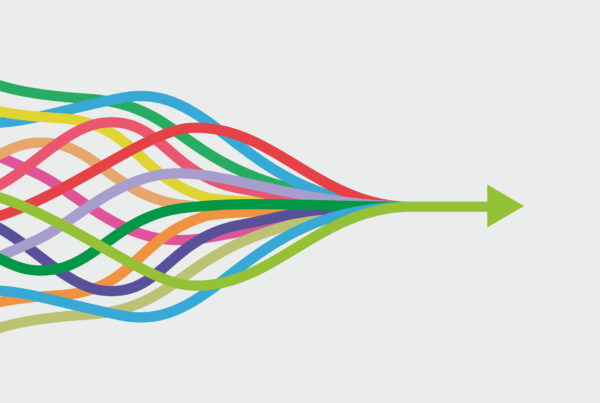“Jonathan Harker’s Diary”, 5 May:
…
And at last we saw before us the Pass opening out on the eastern side. There were dark, rolling clouds overhead, and in the air the heavy, oppressive sense of thunder. It seemed as though the mountain range had separated two atmospheres, and that now we had got into the thunderous one. I was now myself looking out for the conveyance which was to take me to the Count. Each moment I expected to see the glare of lamps through the blackness, but all was dark.”
Bram Stoker, Dracula.
My experience was, in some ways, similar, setting the tone for a terrifying encounter. My bus from the traditional town of Brasov, passing hand-tended fields and rough patches, wound its way into the hills toward Bram castle, a spot worthy of vampire legend. The skies, as if in on the act, filled with the required amount of dark cloud, a fierce strike of lightning cutting the mass in two. We arrived with a shudder and a clunk.
(Honestly, it happened like that. I was really very surprised at the accuracy.)
…and then I arrived to discover that besides one lacklustre market stall featuring a couple of t-shirts, Bram castle (regularly nicknamed ‘Dracula’s’) features barely a single reference to terror, or to the myth of Transylvania so prevalent elsewhere in the world. Barely a speck of blood, no dry ice, not a coffin to be seen besides in the genuine undertakers’ a little way down the road. Instead, informative exhibits explain the Royal lineage and battle history of this castle, telling of its role in protecting the critical Bram pass from invaders attempting to find a way through the mountain range.
Temptation must be there for the tourist-theming mafia. ‘Vampire Villa’ would surely attract more sizeable crowds than the current offerings of period furniture. Just to allay disappointment, there’s one small room dedicated to the infamous vampire, though it’s shared with the Impaler, and is really very restrained, with a biography of Bram Stoker and some categorical denials of any link to reality whatsoever. Tasteful, yes, factually accurate, also yes, but foreign tourists want their cheesy tat and will dish out the dosh for it.
Transylvania is, however, so far from the horrifying myth that few here seem willing to encourage it at all. When your region boasts gorgeous scenery, impressive architectural spires and squares, good pork and wine, this denial is entirely understandable, but it is also admirable in turning down the clear cash offerings.
The other reason, however, is that tourists haven’t yet come here in their flocks. At least, not in the full flocks that have ripped apart other beautiful parts of the world. The blood sucking stories may inspire fans of the gothic to take a trip, but there is another myth of Transylvania and of Romania – a myth more recent and real – that keeps visitors away; this part of the world is still seen by many as dingy, cabbagey, and as living hand-and-sickle to mouth. It’s still seen as poor and crummy.
 It’s true that ten, fifteen years ago, even now in fact, the UK was sending aid to Romania. They were, and clearly in some cases still are, a people in desperate need. I expected to encounter this need throughout my trip, and in fact brought with me a whole set of colouring pens expressly for the purpose of allaying demands for ‘dollar dollar’ by begging children, (pens, at least, can’t be taken back to their Bill Sykes.)
It’s true that ten, fifteen years ago, even now in fact, the UK was sending aid to Romania. They were, and clearly in some cases still are, a people in desperate need. I expected to encounter this need throughout my trip, and in fact brought with me a whole set of colouring pens expressly for the purpose of allaying demands for ‘dollar dollar’ by begging children, (pens, at least, can’t be taken back to their Bill Sykes.)
In almost a week in Romania, dressed as ever like a walking-ATM, not one person has asked me for money. They’ve got their own sunglasses, thanks, and high heels, a nice car and a BA degree too. They don’t need mine. The trains and busses are clean, and often brand new, the larger towns have sushi restaurants, and the newsagents stock copies of ‘Psychologies’ magazine. My view has, of course, been limited to certain towns and those passages closest to the train window, but the sense of vitality and pride noticeable across all these places clearly differs greatly from the last pictures we likely saw of Romania; its appeals for charity.
The myth of Romanian neediness, like the Dracula myth, is largely spurned by reality. Although I probably wouldn’t say no to the odd ‘Blood Burger’ or ‘Buried alive experience’, (all in the name of ‘cultural research’, you understand), I’m happy to have found a region proud of its reality and confident in overturning the myths the rest of us have created for it.



